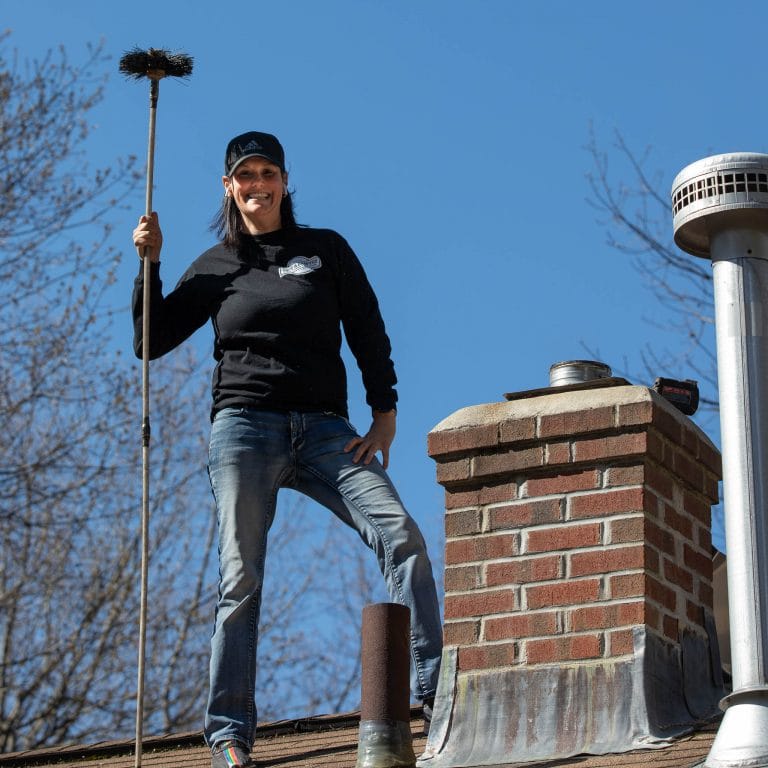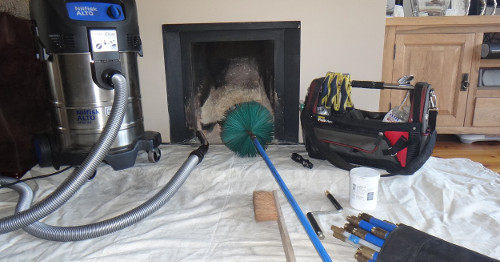The Very Best Chimney Cleaning San Jose Solutions for a Safe and Cozy Home
The Very Best Chimney Cleaning San Jose Solutions for a Safe and Cozy Home
Blog Article
Discovering the Different Kinds Of Smokeshaft Cleansing Methods: Which One Is Right for You?
Understanding the various smokeshaft cleaning approaches readily available is essential for home owners looking for to preserve their heating unit efficiently. From traditional hands-on sweeping that highlights workmanship to contemporary techniques such as rotating cleaning and video examinations, each method provides special advantages and factors to consider. Additionally, making use of chemical services offers an alternative for those handling persistent down payments. As you weigh these choices, it comes to be important to evaluate your specific requirements and the condition of your smokeshaft, motivating the concern: which technique will ensure ideal performance and safety and security for your home?
Traditional Chimney Sweeping
Conventional smokeshaft sweeping remains a time-honored technique for keeping clean and efficient flues. This method makes use of manual devices and strategies that have actually been in practice for centuries, emphasizing both workmanship and thoroughness. The procedure commonly entails using brushes, poles, and various other specialized tools created to get rid of soot, creosote, and blockages from the smokeshaft's inside.
One of the main advantages of typical smokeshaft sweeping is the straight, hands-on nature of the service, enabling the sweeper to analyze the condition of the chimney while cleaning. This method ensures that the whole flue is inspected for structural integrity and prospective dangers, such as splits or clogs triggered by debris or pet nests.

Rotating Cleaning Up Methods
Rotary cleaning techniques represent a modern advancement in chimney upkeep, using an efficient choice to typical sweeping approaches. These techniques use a mechanical rotary brush, powered by an adaptable pole system that can navigate the weave of numerous smokeshaft flues. This design enables the brush to successfully scrub the flue walls, eliminating residue, creosote, and various other obstructions extra completely than manual approaches.
One of the primary advantages of rotating cleansing is its capability to get to areas that might be challenging for conventional brushes to access, ensuring a much more comprehensive cleansing process. This technique not just saves time yet also reduces the physical labor associated with smokeshaft maintenance. In addition, it minimizes the threat of damaging the smokeshaft structure, as the rotating brush is created to adapt to various flue dimensions and forms.
Rotary cleaning strategies can be especially advantageous for homeowners with hefty soot build-up or those who use their chimneys regularly. While it is necessary to employ trained experts for this service, the effectiveness of rotating cleaning makes it an engaging choice for preserving chimney security and effectiveness.
Video Assessment Approaches
Developments in modern technology have introduced video assessment approaches as a critical tool for smokeshaft upkeep, allowing specialists to examine the indoor condition of flues with remarkable accuracy. This ingenious technique utilizes high-resolution video cameras affixed to adaptable cable televisions, enabling comprehensive exam of smokeshaft systems without invasive treatments.
Video clip assessment is particularly beneficial for recognizing usual problems such as creosote buildup, blockages, structural damages, and flue wear and tear. The imagery caught provides a clear and thorough representation of the smokeshaft's inside, enabling professionals to make enlightened decisions regarding needed repair services or cleaning up approaches.
Additionally, the ability to record findings with video clip recordings serves as a helpful recommendation for home owners and specialists alike. This paperwork can facilitate conversations regarding maintenance needs and help in tracking changes in time.


Furthermore, video assessments can be carried out efficiently, usually calling for less time than standard evaluation methods. Because of this, property owners can enjoy assurance, recognizing their smokeshafts are being examined using cutting edge innovation. Ultimately, video clip evaluation techniques are transforming smokeshaft maintenance, boosting security, effectiveness, and the performance of succeeding cleaning and fixing processes.
Chemical Cleaning Solutions
Chemical cleansing services stand for a reliable technique for maintaining chimney systems, specifically in attending to creosote accumulation and residue deposits. chimney cleaning san jose. These options normally consist of energetic ingredients created to break down these unsafe materials, thus promoting less complicated removal and promoting a more secure smokeshaft setting
One of the key benefits of chemical cleansing remedies is their ease of application. House owners can commonly utilize them without the need for specialized equipment or extensive training. Many items are made to be included straight to the fire place or timber cooktop, where they are stired up, allowing the heat to activate the chemicals. This procedure helps to loosen creosote and soot, making it much more manageable for subsequent cleaning efforts.
However, it is important to select the best product, as not all chemical solutions are produced equal. Some might contain severe chemicals that can harm chimney liners or discharge dangerous fumes. It is recommended to consult an expert or carry out thorough study to pick an option that is both effective and secure for your certain chimney type.
DIY Smokeshaft Cleansing Tips
Preserving a clean chimney is essential for making certain the security and effectiveness of your fireplace, and several house owners go with do it yourself cleansing methods to tackle this our website necessary task. Before beginning, gather the required devices: a smokeshaft brush, expansion rods, a vacuum cleaner, and protective gear such as gloves and safety glasses.
Begin by analyzing the condition of your smokeshaft; if there are substantial blockages or structural concerns, consider employing a specialist rather. For small residue buildup, attach the chimney brush to the expansion poles and job from the top down, guaranteeing comprehensive insurance coverage of the flue. Frequently look for any kind of debris that try these out could obstruct air flow.
It's likewise recommended to make use of a vacuum cleaner to collect soot and creosote as you clean up. This will decrease mess and minimize the inhalation of harmful fragments. After cleansing, check the chimney for any type of cracks or signs of wear and take into consideration using a smokeshaft cap to stop future obstructions.
To keep your smokeshaft's sanitation, develop a regular cleaning timetable based upon usage; commonly, this would certainly be as soon as a year, or much more frequently if you utilize your fire place usually. By adhering to these DIY suggestions, you can guarantee a safer and extra effective fireplace experience.
Conclusion

Report this page